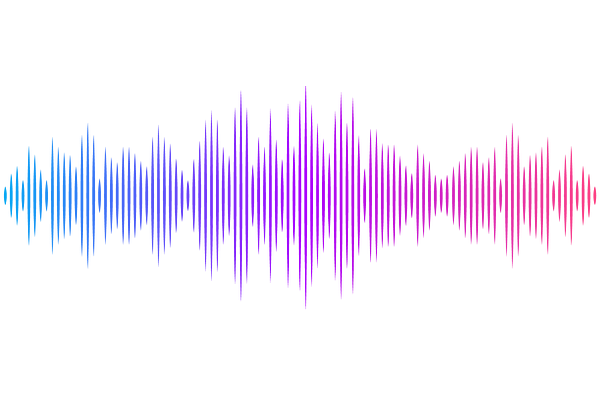Purkinje Cell spike patterns do not correlate with nuclei cell spike patterns in mouse models for cerebellar disease

Purkinje Cell spike patterns do not correlate with nuclei cell spike patterns in mouse models for cerebellar disease
Lyon, A. M.; van der Heijden, M. E.
AbstractCerebellar dysfunction causes various movement disorders, including ataxia, dystonia, and tremor. Previous work demonstrated that spike patterns in cerebellar nuclei neurons were distinct between different movement disorder mouse models. However, often these changes arise from neural dysfunction in the cerebellar cortex, through misfiring, miswiring, or degenerating Purkinje cells. Even though Purkinje cells form the sole output from the cerebellar cortex, their information is relayed to other regions of the motor network via cerebellar nuclei cells. Purkinje cells make GABAergic synapses onto cerebellar nuclei cells, and it is often assumed that changes in Purkinje cell spike patterns result in inverse changes in nuclei cell spike patterns. Here, we test this hypothesis by answering the question of whether a reliable relationship between Purkinje cell and nuclei cell spike patterns exists. Single-cell, in vivo electrophysiology recordings of both cell types from six mouse models for cerebellar movement disorders were analyzed according to parameters relating to spike rate and irregularity. We investigated whether Purkinje cell spike patterns correlated with nuclei cell spike patterns. We found that some parameters for firing irregularity were positively correlated between Purkinje and nuclei cells but no -- and particularly no inverse - relationship was observed between Purkinje and nuclei cell spike rate. Overall, this study begins to illuminate that the relationship between Purkinje cells and nuclei cell spike activity in a disease state is more complex and unpredictable. The data suggest Purkinje cell spike activity changes cannot accurately predict nuclei cell changes, which ultimately drive cerebellar disease states. Our findings underscore the importance of studying cerebellar nuclei cell function in cerebellar disease, as lack of changes in Purkinje cell firing patterns can mask disease-causing firing patterns in these cerebellar output cells.